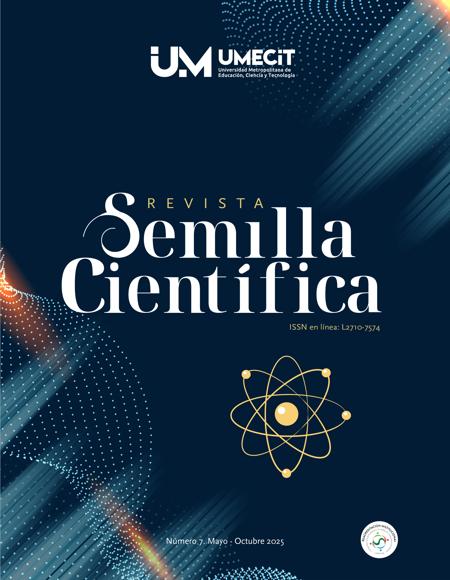Abstract
This study aimed to examine how forensic auditing has contributed to the detection of accounting fraud in the Panamanian public sector. To achieve this, a methodology based on informative document review was used, which included the analysis of academic works, legal regulations, scientific articles, and official documents. Through this inquiry, key elements were identified, such as the existence of legal frameworks that allow its implementation (for example, Law 6 of 2005), the creation of the Forensic Audit Directorate (DIAF), and the conceptual support of theories and internal control systems. The findings revealed that, although there are laws and structures in Panama that allow for this auditing, its use is not frequent in practice and is not conducted preventively. Among the main reasons are the shortage of specialized personnel, budgetary limitations, lack of inter-institutional coordination, and some resistance to technical control mechanisms. The analysis showed that, in many cases, forensic auditing is initiated only after fraud occurs, which significantly reduces its effectiveness. In conclusion, it was determined that this tool represents a valuable resource to strengthen transparency, promote justice, and regain public trust. However, to maximize its impact, it is necessary to apply it systematically, with political support, specialized training, and a structural change in the institutional culture of the public sector.
Keywords
References
Castellano, A., Duarte, M., & Reinoso, J. (2022). Auditoría forense comparada: Panamá y Perú. Revista Ciencias Contables y Administrativas, 10(2), 64–80.
Committee of Sponsoring Organizations of the Treadway Commission. (2013). Marco integrado de control interno. COSO.
Crumbley, D. L., Heitger, L. E., & Smith, G. S. (2015). Forensic and investigative accounting (8.ª ed.). CCH Incorporated.
El Capital Financiero. (2023). La práctica de la auditoría forense en Panamá. https://elcapitalfinanciero.com/la-practica-de-la-auditoria-forense-en-panama/
Jensen, M. C., & Meckling, W. H. (1976). Theory of the firm: Managerial behavior, agency costs and ownership structure. Journal of Financial Economics, 3(4), 305–360.
Meyer, J. W., & Rowan, B. (1977). Institutionalized organizations: Formal structure as myth and ceremony. American Journal of Sociology, 83(2), 340–363.
PNUD. (2021). Transparencia institucional y lucha anticorrupción en América Latina. Programa de las Naciones Unidas para el Desarrollo. https://www.undp.org/es/latin-america
Rodríguez, C., & Martínez, O. (2024). El impacto de las auditorías forenses en el sector gubernamental. Revista Semilla Científica, 4(2), 64–78. https://revistas.umecit.edu.pa/index.php/semilla_cientifica
Rozas, E. (2009). La prueba pericial contable en los procesos judiciales. Editorial Jurídica Continental.
Vivanco Carrión, M. (2018). Aplicación de técnicas de auditoría forense en entidades públicas del Ecuador [Tesis de maestría, Universidad de Guayaquil]. Repositorio UG.
Publication Facts
Reviewer profiles N/A
Author statements
Indexed in
- Academic society
- Universidad Metropolitana de Educación, Ciencia y Tecnología
- Publisher
- Universidad Metropolitana de Educación, Ciencia y Tecnología













